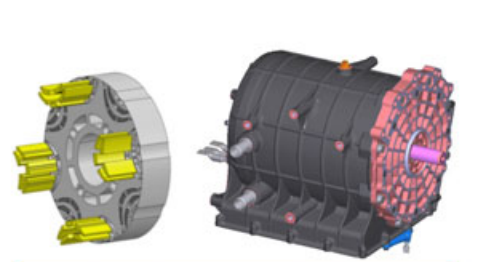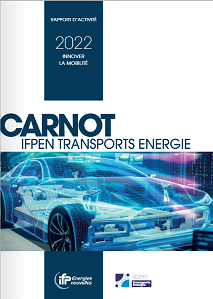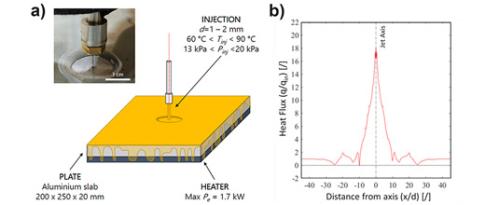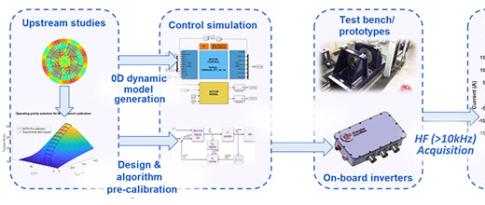14.09.2023
3 minutes of reading
The IFPEN Transports Energie and Énergies du futur (CEA-Liten) Carnot Institutes pooled their expertise for the Melchior project (Machines électriques dans une chaîne de valeur orientée vers le recyclage, or Electric Machines in a Recycling-Oriented Value Chain), conducted in 12 months (from mid-2022 to mid-22023) and aimed at developing a 190 kWh electric machine prototype exploiting a recyclable friendly magnet technology developed by CEA-Liten. This prototype new rotor desing significantly reduces the quantity of magnets habitually used for the same power and its innovative architecture facilitates end-of-life material collection and recycling while guaranteeing excellent performance.
A rare earths market under strain: the recycling option
With a view to achieving carbon neutrality in the transport sector, Europe is advocating the large-scale electrification of the car market. However, electric engines require a greater quantity of strategic materials than IC engines, which can lead to supply pressures. That is the case for electric motors using Neodymium-Iron-Boron (Nd-Fe-B) magnets, which are key components for optimizing the compactness, efficiency and reliability of electric machines.
Nd-Fe-B magnets, which offer a high magnetic density, contain more than 30% rare earths, Neodymium (Nd) but also to a lesser extent Dysprosium (Dy) and Terbium (Tb) to ensure temperature stability. These three metals are considered to be critical. To date, magnets have not been widely recycled, since the architecture of motors using them does not allow repair, the end of life extraction of rare earths or their reintroduction in the market. In order to address this issue, teams working on the Melchior project came up with eco-designed machine topologies that facilitate the recycling of all components, including magnets and that integrate functions to make their end-of-life collection easier.

From problem to solution: a global approach
During the first phase, the teams involved consulted with recycling players to identify existing barriers associated with the collection, separation and re-use of materials from machines, particularly magnets.
Several approaches were adopted to identify technical solutions making it possible to both reduce the mass of the magnet used for a target power and recycle it. The Energies du Futur Carnot Institute developed a manufacturing technique for fluid and functional-shaped magnets based on Powder Injection Molding in order to reduce the machining steps responsible for between 20 and 30% of material losses. For its part, the IFPEN Transports Energie Carnot Institute designed rotor flux barriers that maximize reluctance (125 kW/kg of magnet, i.e.,+ 40% compared to the state of the art). In parallel, the motor was adapted to enable rapid access to the rotor and the extraction of the rotor magnets with a simple equipment .
40% less CO2
The entire desing approach was guided by the life cycle analysis of the machine and the recycled magnet, conducted jointly by the two Carnot institutes. This analysis estimates that the CO2 saving can reach 40% while the resource use drops by 90%. The machine concept has been patented and the results are presented and published at six conferences held over the course of 2023.
Contact : Gaetano de Paola, Misa Milosavljevic
Learn about other actions conducted by teams from the Transports Energie Carnot Institute in the 2022 Transports Energie Carnot Institute report
You may also be interested in
Electric motor: oil cooling is more difficult
The thermal management of electric motors is an essential element in competitive low-carbon mobility, since more efficient cooling not only increases motor performance density (power or torque by mass), but also improves operational reliability by preventing deterioration phenomena (such as demagnetization)...
Electrical machines: Design, optimization, control and diagnosis
Like all sectors concerned by electrification, the transport sector requires the design of high-performance, efficient electrical systems that respond to multiple constraints, such as cost and compactness. In this context, optimisation has become an essential step in the design process of these systems, particularly for electrical machines...









